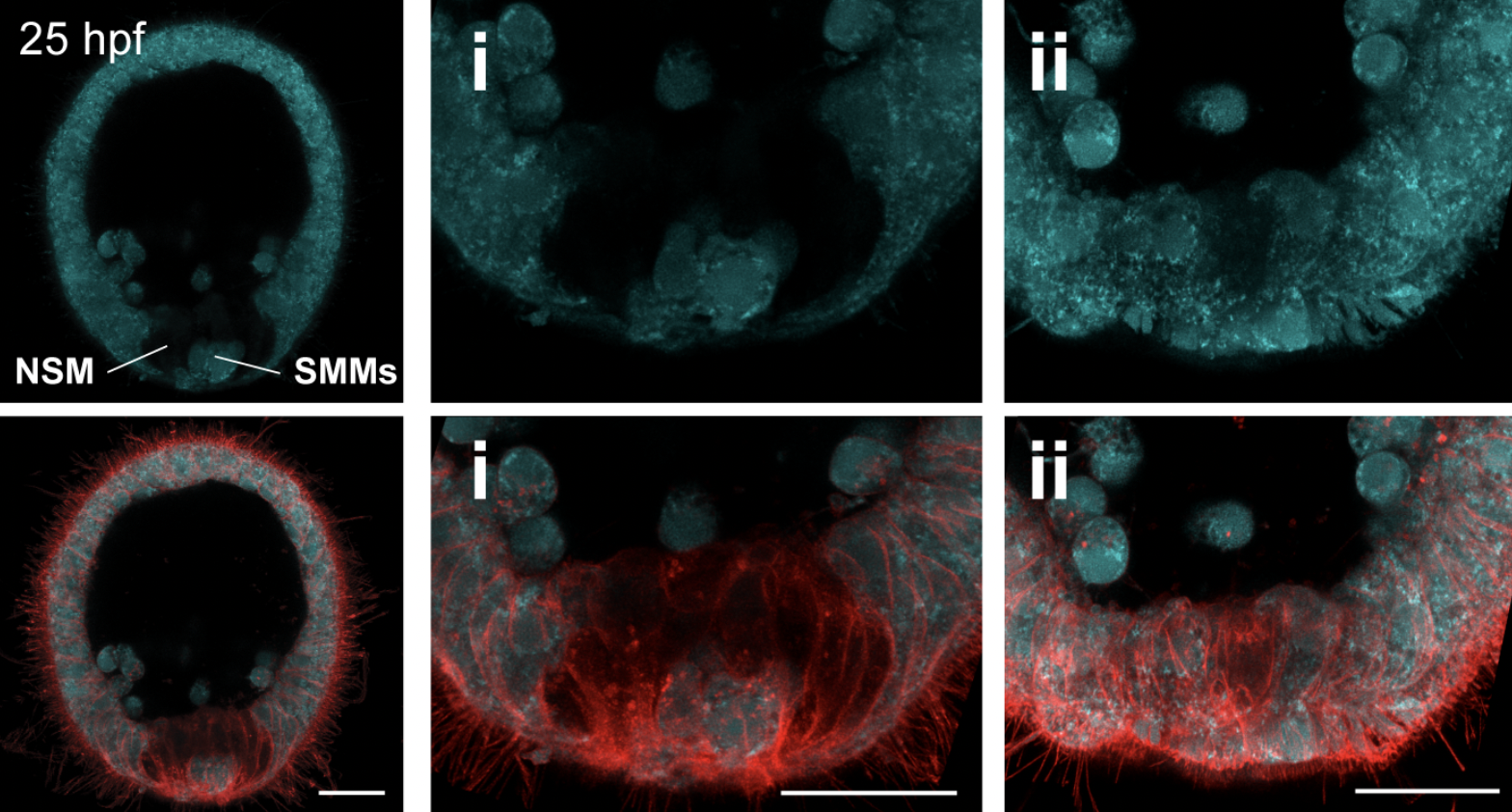Transporters in embryonic development
Throughout the tree of life, ABC transporter proteins are enriched in different compartments of the terminally differentiated gut, immune cells, and germline tissues of several animals. However, the establishment and plasticity of transporter expression patterns during embryogenesis for any organism remains unknown. This is particularly true for different regions of the gut, which exhibit different windows of absorption and detoxification capabilities. We are interested in the earliest regulation of transporters, as well as novel roles of transporters in development, morphogenesis, and cellular response. Transcripts of over 20 small-molecule transporters of the ABCB, ABCC and ABCG subfamilies are differentially regulated within the first 58 hours of sea urchin embryogenesis (Shipp 2012).
We have shown that changes in surface expression of transporters can be essential for adapting cells to secrete or receive certain developmental signals. For example, primordial germ cell precursors retrieve ABCB proteins from the cell surface at their inception in the 5th cleavage (Campanale 2015). This is likely to help balance signals for migration in this motile cell type (Campanale 2012). We have also characterized the role of an ABCC-family protein (ABCC5) in cAMP-dependent secondary hindgut invagination and immunocyte migration events during development (Shipp et al 2015).
Most recently, we have mapped the expression domains and activity of five ABCB, -C and -G transporters, from fertilization to larval stages. This represents the first such map for any animal embryo, and lays the groundwork for additional functional studies in different cell types of the sea urchin embryo and larva. Stay tuned for the publication of this exciting work!





